Dirty Bedding Transfer
This system involves taking bedding samples from several colony cages in the room/IVC rack/area and placing it into a cage housing sentinel animals, which allows for relatively few mice to be used to monitor multiple cages.
This process is most effective for detecting pathogens transmitted primarily by fecal-oral contamination, such as Rotavirus, Mouse Hepatitis Virus, Reovirus, and Helicobacter. To ensure enough time for a putative pathogen to be transmitted, the sentinel is often exposed to the bedding for at least a month. After the determined exposure time, the sentinel animals are tested for the presence of pathogens by diagnostic methods such as serology, parasitology and PCR.
 Key Takeaways
Key Takeaways

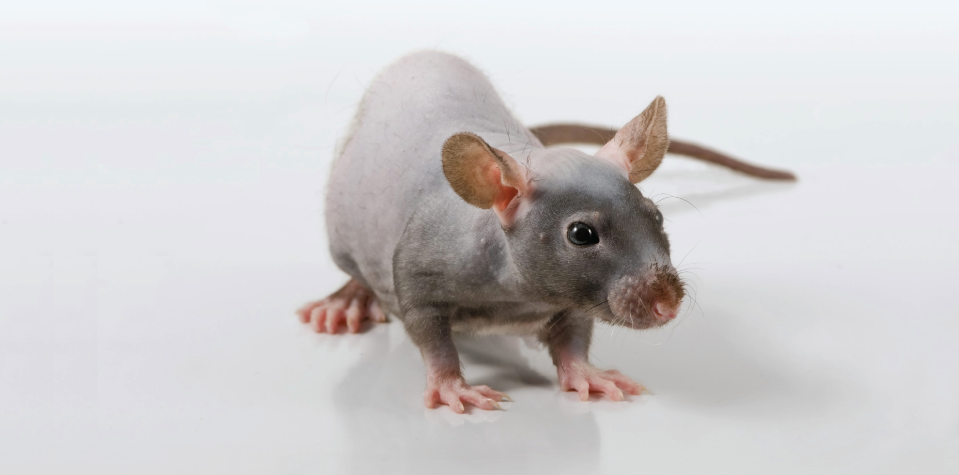
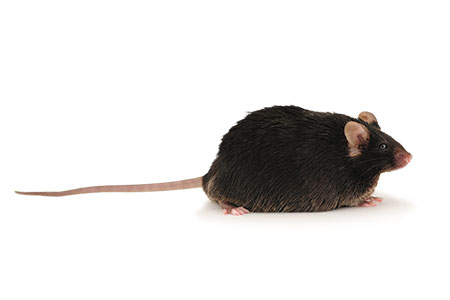
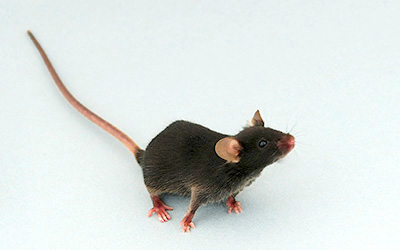
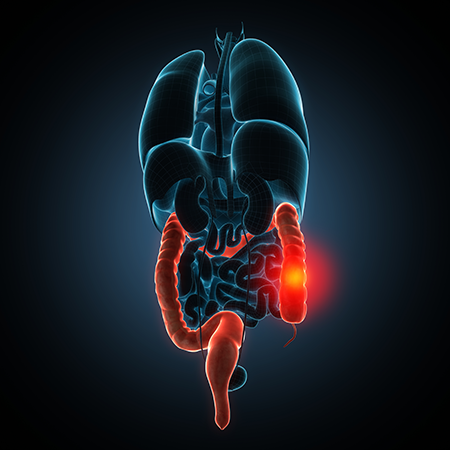




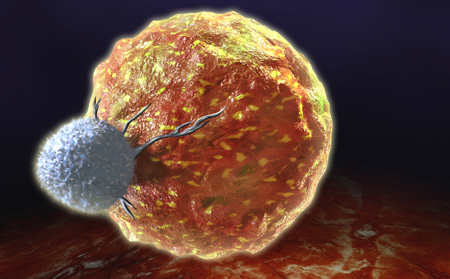


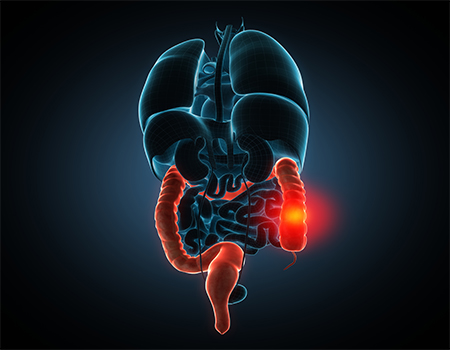
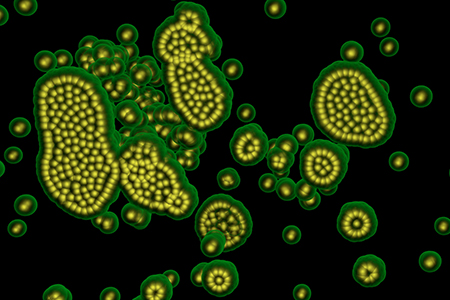

.jpg)

.jpg)
.jpg)
.jpg)
.jpg)





.jpg)


.jpg)
.jpg)




.jpg)




.jpg)

.jpg)






